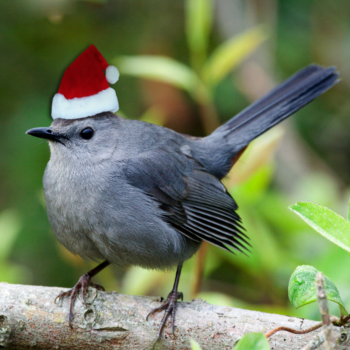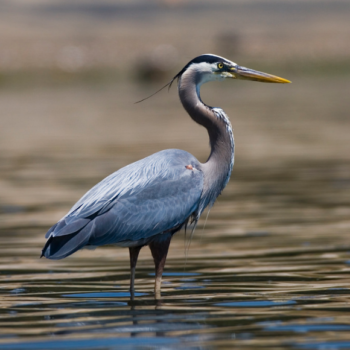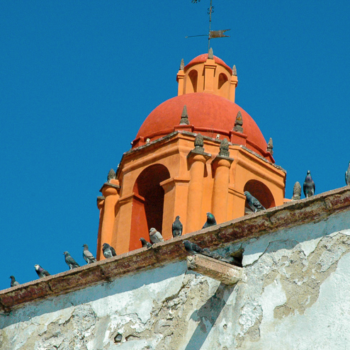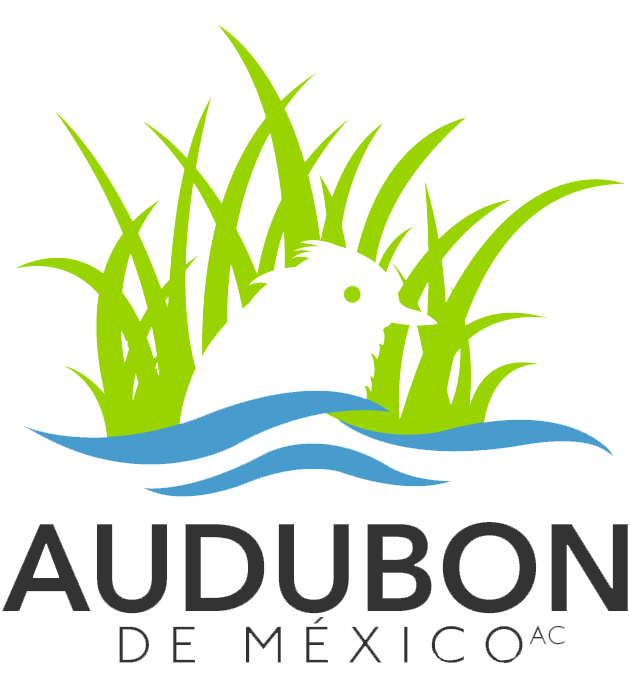Why count birds? Birds are bellwethers of climate change and the earth’s overall health.

HIstory

Why count birds?

San miguel bird counts
Audubon de Mexico organizes three bird count events each year. The Christmas Bird Count (CBC), usually in December; the Great Backyard Bird Count in mid-February and the Global Big Day in May. More details will be published on our birdwalk page as we get closer to the date, but we hope you will join us as we count birds by land and water as a group or count birds in your own garden or neighborhood.
Counting birds any time
If you are a bird enthusiast and are confident in your bird identification skills, you can contribute invaluable information to science
by reporting your bird sightings on ebird.
To learn more about ebird and how to submit your sightings and set up your personal ebird account click on this link:
Getting started with ebird
Subscribe to our newsletter
Our monthly newsletter will keep you up to date on our scheduled events, our work, and features monthly nature-related articles.
